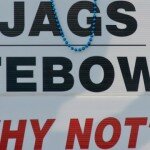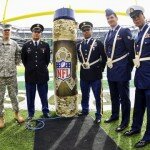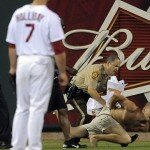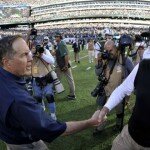2 of 16
15: Sterling Sharpe - Green Bay Packers

Image: packershalloffame.com
Former Packers receiver Sterling Sharpe was well on his way to a Hall of Fame career. Unfortunately, the football gods had other plans, and it was cut short after just six seasons by a neck injury he sustained during 1994 season. What kind of numbers might Brett Favre have had if Sharpe had been around longer?























